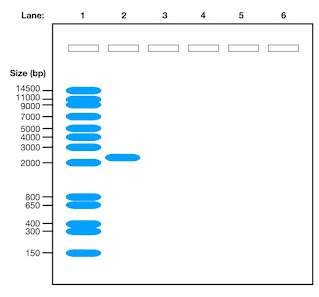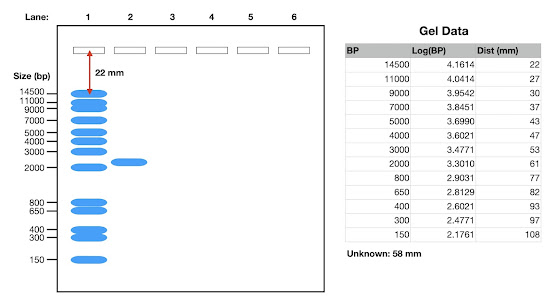I have posted a video - Introduction to Genetic Engineering: Ethics, Science, and Innovation.
Genetic engineering often evokes strong emotions and heated debates. When people hear the term, they might immediately think of genetically modified organisms (GMOs), "Frankenstein foods," or the ethical dilemmas surrounding altering life at its most fundamental level. But what exactly is genetic engineering, and what are the implications of this technology?
In its simplest form, genetic engineering directly manipulates an organism's DNA to achieve desired traits. Humans have used genetic engineering through selective breeding to cultivate crops and livestock that yield better produce and more reliable outcomes for centuries. But today’s technology allows scientists to bypass traditional breeding processes and make precise changes to DNA in a laboratory setting. This raises a profound question: just because we can modify life in this way, should we?
In the video, I look at the ethical and scientific complexities of genetic engineering and wonder where society should draw the line. Is it acceptable to engineer a potato or a chicken for better production? What about a cow? How about a human? These questions are not just theoretical but have real-world implications as technology continues to advance.
I also discuss how genetic engineering can be further divided into two broad categories of genetic engineering: research and applications. Research involves using genetic engineering to understand biological systems and diseases, while applications focus on improving crops, livestock, and human health. The ethical dilemmas become particularly acute when considering human health. Should genetic modifications be limited to somatic cells (which don’t get passed on to offspring), or is it ethical to alter germ cells, thereby affecting future generations?
Finally, I wrap up the video by explaining the difference between transgenic and non-transgenic organisms. Transgenic organisms have DNA from a different species introduced into their genome, while non-transgenic organisms involve changes made to the organism’s own DNA. But this distinction leads to another intriguing question: Is DNA truly species-specific?
Additional Resources
- 📗 - The Biosciences Glossary - Google Play Book Store
- 📗 - Molecular Biology of the Cell (Alberts) - (affiliate link)
- 📗 - Molecular Cell Biology (Lodish) - (affiliate link)
- 📗 - Biochemistry (Stryer) - (affiliate link)
- 📗 - Principles of Biochemistry (Lehninger) - (affiliate link)


